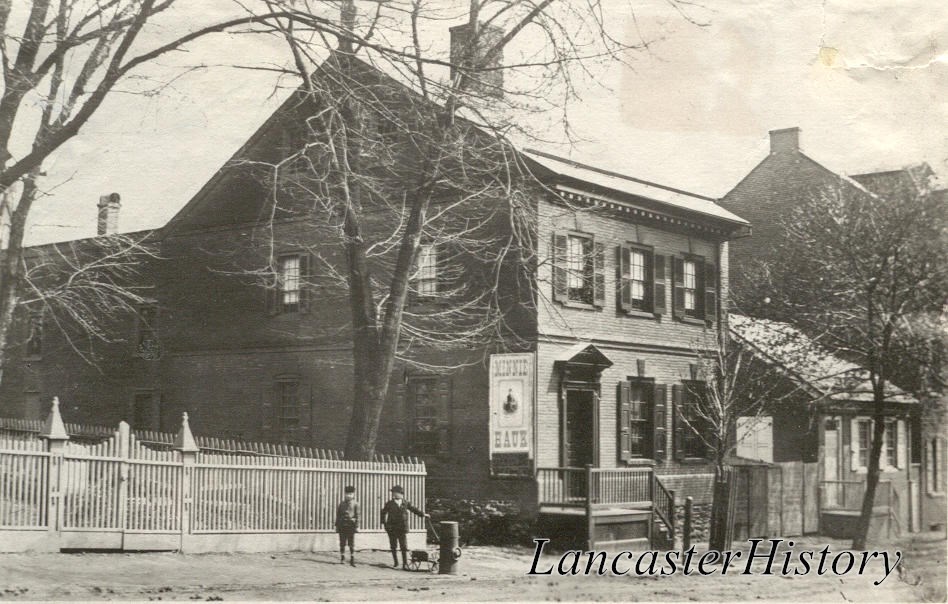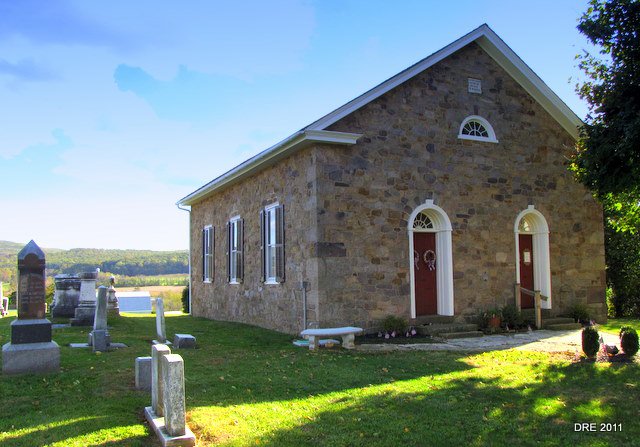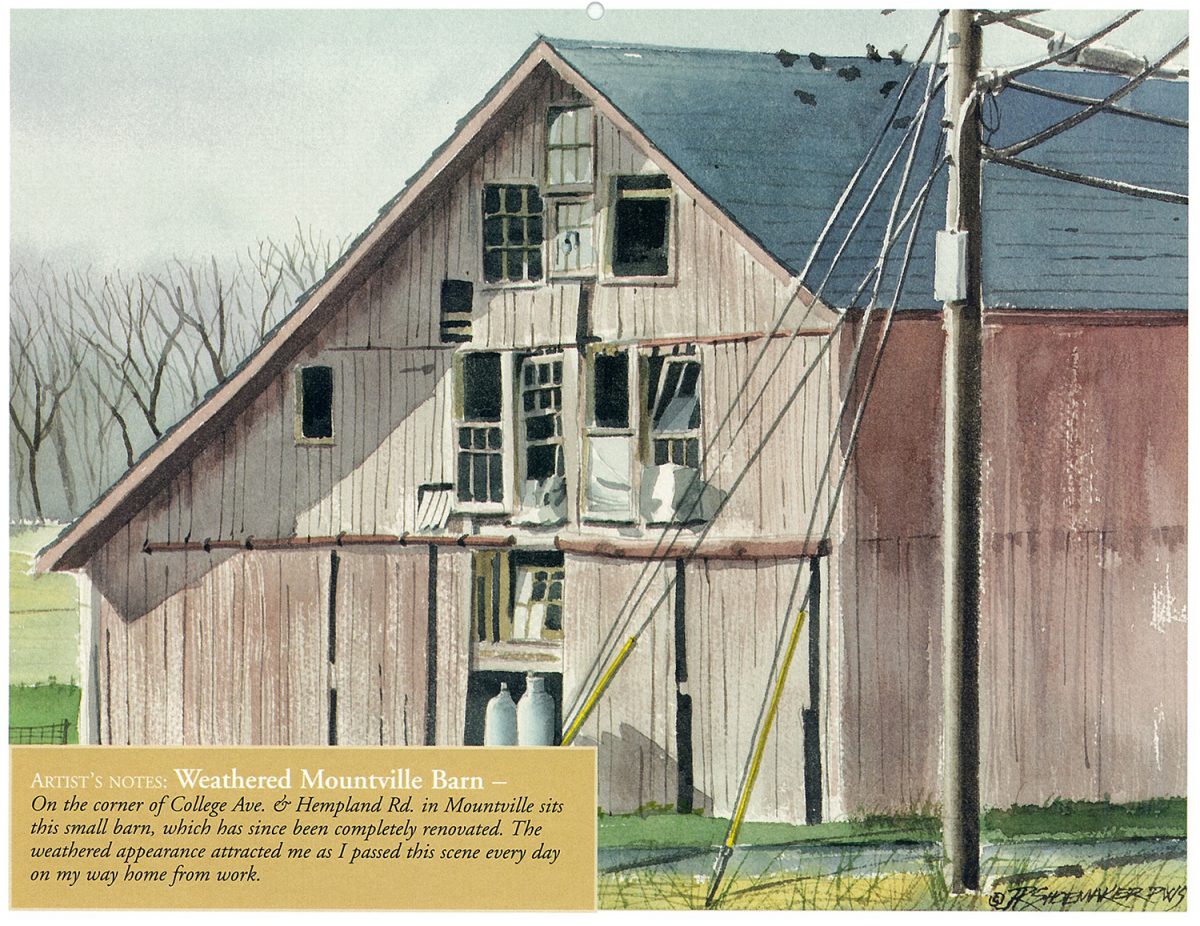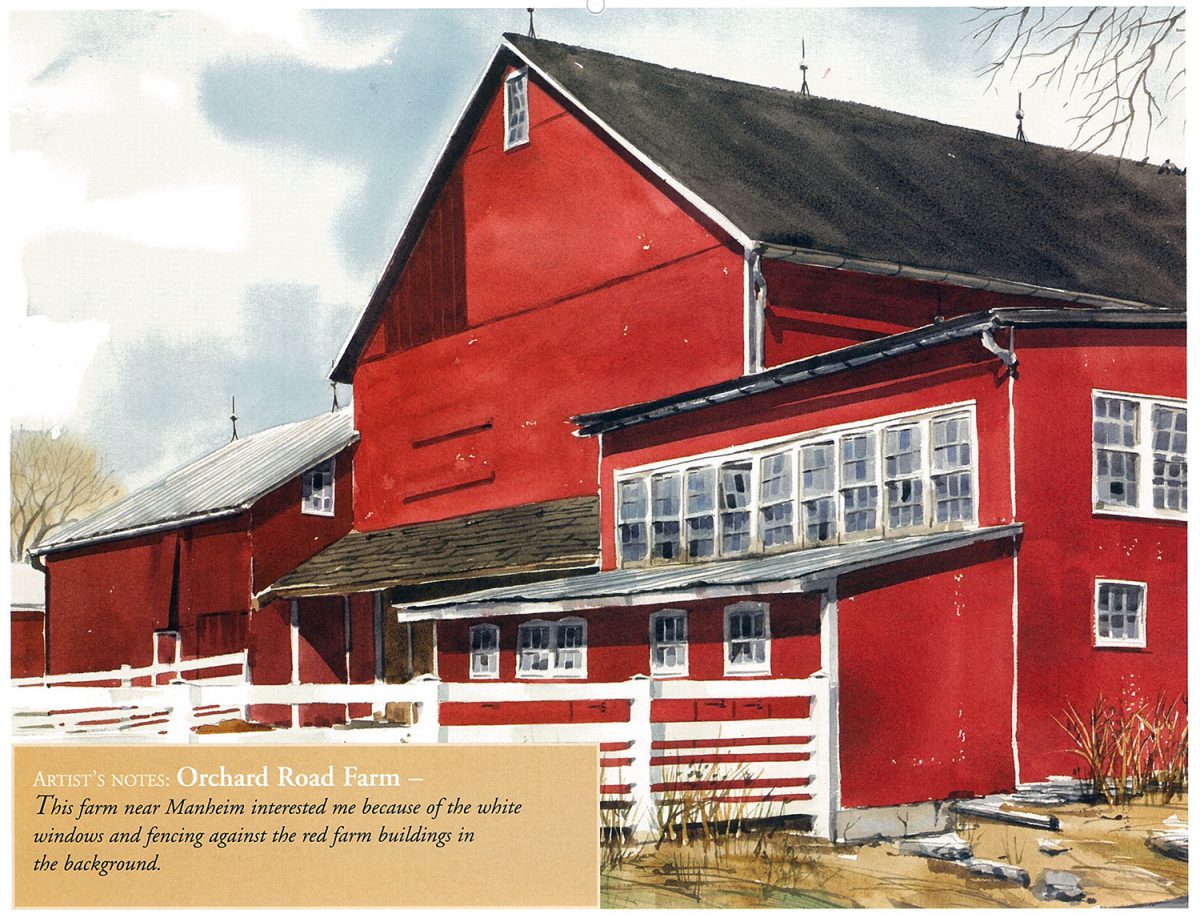Events & News /

C. Emlen Urban: Kirk Johnson Building on West King Street
For more than 45 years, the prolific Urban created many of the historic landmarks that are fundamental to the beloved character of Lancaster City. In this post, we will examine Urban’s 1911-1912 West King Street structure. This narrow building presents an elegant facade designed by C. Emlen Urban in the French Baroque style during the…

History of Columbia: 1795 William Wright Mansion
30 South 2nd Street 1795 In 1795, William Wright, financier of the first bridge across the Susquehanna and grandson of one of the founders of the community of Columbia, built a mansion next to his aunt, Susanna Wright’s home, the Wright’s Ferry Mansion. Both of these residences originally faced the Susquehanna River but as the…

Hidden Treasures: Historic Poole Forge
The history of this beautiful property dates back to the earliest days of our country. It was the second of three forges along the Conestoga River in Caernarvon Township, and the fourth forge constructed in Lancaster County. The story of the owners of Poole Forge is an example of the interrelationships through the marriage of…

See the Sehner-Ellicott-von Hess House as it looked in April 1883
123 North Prince Street Lancaster, PA April 1883 This was the home and land office of Andrew Ellicott on the southeast corner of North Prince Street and Marion Street at 123 North Prince Street. Ellicott was one of America’s most famous surveyors. He lived in Lancaster at 123 North Prince Street from 1801 to 1813.…

Southern Conestoga Valley: Smith-Coleman House
Smith-Coleman House Martic Forge Mansion 1164 Marticville Rd, Pequea, PA 17565 circa 1727-1815 The Smith-Coleman House is comparable to the Benedict Eshleman House in terms of age, social prestige, and size, but the two houses differ in their interpretation of the Georgian style. This tour offers a rare opportunity to compare how German and English…

Hidden Treasures: Caernarvon Historical Society building
The Caernarvon Historical Society building was built as a Presbyterian church in 1843 and used for that purpose for a short time, Other groups used the building after that, but it eventually fell into disrepair. The building was restored by the Caernarvon Historical Society in 1976. The structure we see today contains most of the…

Hidden Treasures: Bowmansville Roller Mill
In the 1700 and 1800s, Lancaster County was an important milling center due to the availability of water power along our many streams. The first, and most active mills, were located along main roads. Actually, some of the first roads in the county were constructed to provide easy access to mills. The Bowmansville Roller Mill…

Gone, But Not Forgotten: Harrisburg Pike Farm
Gone, But Not Forgotten: Harrisburg Pike Farm In 2008, the Historic Preservation Trust of Lancaster County created a calendar series entitled “Gone, but not Forgotten” as a reminder of some things that aren’t here anymore. The Harrisburg Pike Farm was the featured image for October of that year and painted by J. Richard Shoemaker. Artist’s…







